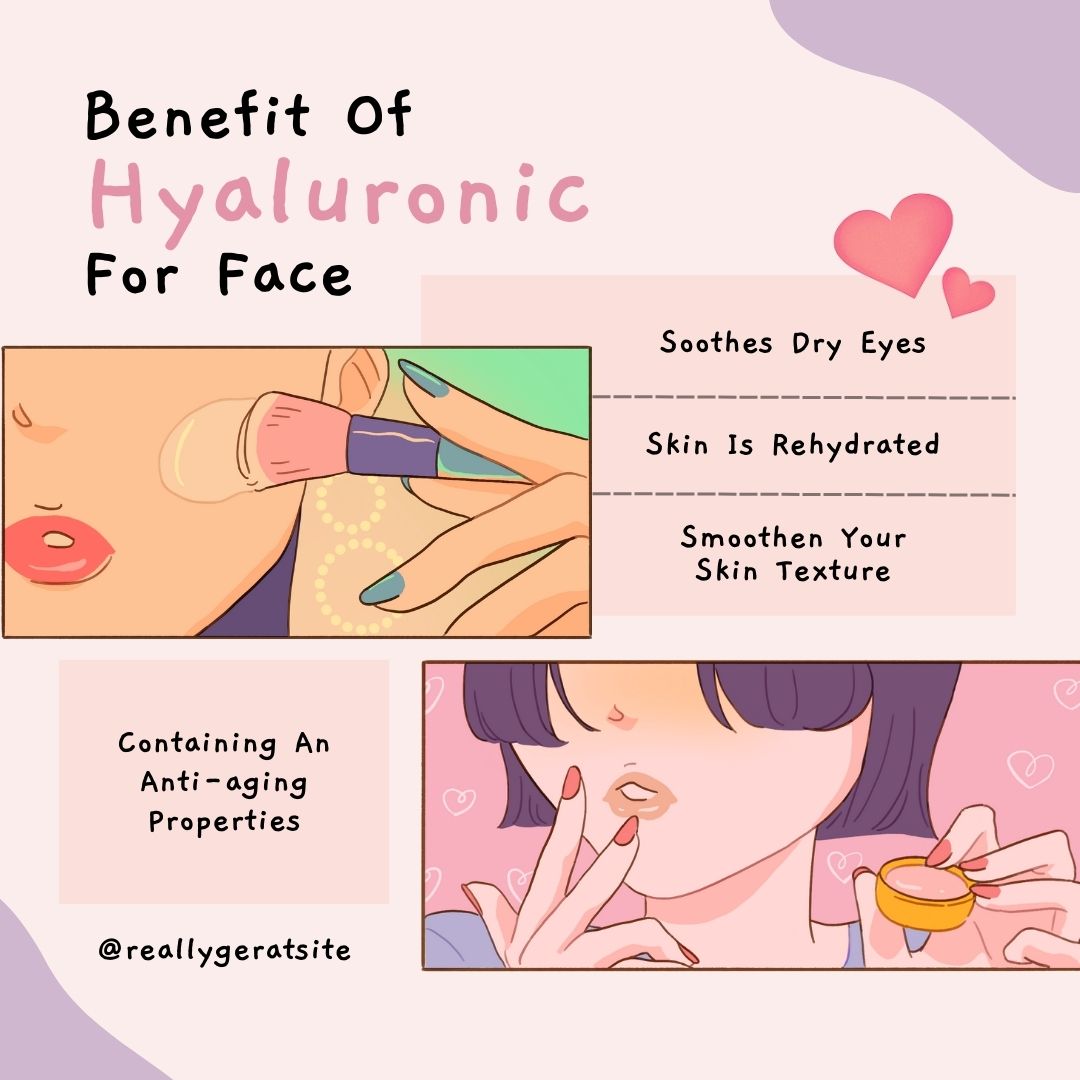
Basic Knowledge of Hyaluronic Acid
What is Hyaluronic Acid?
Hyaluronic acid is a synthetic injectable material used to restore volume.
It has a transparent, mochi-like texture and is biocompatible, making it safe for use.
Over time, it naturally dissolves and is absorbed, requiring repeat injections for maintenance.
Composition and Characteristics of Hyaluronic Acid
Hyaluronic acid formulations contain both hyaluronic acid and cross-linking agents.
The concentration of the cross-linking agent determines the firmness of the hyaluronic acid:
Lower concentrations → More fluid, softer texture
Higher concentrations → Thicker, firmer texture
Less cross-linked products dissolve faster, while highly cross-linked ones last longer.
History and Development of Hyaluronic Acid
1930s: Karl Meyer first isolated hyaluronic acid from animal eyes.
1970s: Synthetic hyaluronic acid was developed and used in joint treatments.
1980s: Hyaluronic acid became widely used in aesthetic treatments.
Types of Hyaluronic Acid
Traditional High-Molecular-Weight Hyaluronic Acid
Composed mainly of large molecules (high molecular weight).
Used for joint injections and topical skincare applications.
Low-Molecular-Weight Hyaluronic Acid
Consists of smaller molecules, allowing deeper penetration into the skin.
Created through advanced fragmentation technology.
By combining high and low molecular weight hyaluronic acid, various cosmetic needs can be addressed.
Differences Between Allergan and Voluma
Allergan is a well-established U.S. company that produces both hyaluronic acid and Botox.
Known for strict manufacturing standards, reliable distribution, and extensive research.
Voluma is one of Allergan’s hyaluronic acid products, belonging to the Juvederm Vycross series.
It has excellent integration with tissues and provides strong volume enhancement, making it ideal for nasolabial folds (smile lines), cheeks, and more.
Injection Sites for Hyaluronic Acid
Nasolabial Folds and Wrinkles
Causes of nasolabial folds:
Sagging (skin laxity) → Treated with HIFU, thread lifts, or hyaluronic acid injections in the cheekbone area.
Hollowing (loss of volume) → Best treated with hyaluronic acid injections.
Under-Eye Treatment and Effects
Various under-eye conditions require different treatments:
Severe sagging → Surgery or hyaluronic acid injections near the outer corner of the eye.
Deep hollows → Best treated with hyaluronic acid injections.
Under-eye puffiness → Treated with surgical removal of fat pads or skin-tightening devices (RF, laser, etc.).
Facial Volume Enhancement
Significant volume loss in the face can create a gaunt or aged appearance.
Hyaluronic acid injections can restore lost volume, resulting in a more youthful look.
Hyaluronic Acid Treatment Process
Importance of Consultation
The consultation determines the treatment design, including:
Injection sites
Injection depth
Choice of hyaluronic acid product
Proper design is crucial to achieving the desired results.
Treatment Duration and Preparation
Treatment time varies depending on the amount injected.
Estimated time per syringe: 2-3 minutes.
Post-Treatment Care and Precautions
Infection risks associated with hyaluronic acid injections have been noted.
Complications such as nodules or lumps may appear immediately or over time.
Patients should maintain cleanliness and handle the treated area gently to minimize risks.
Yoshiko Kuno
